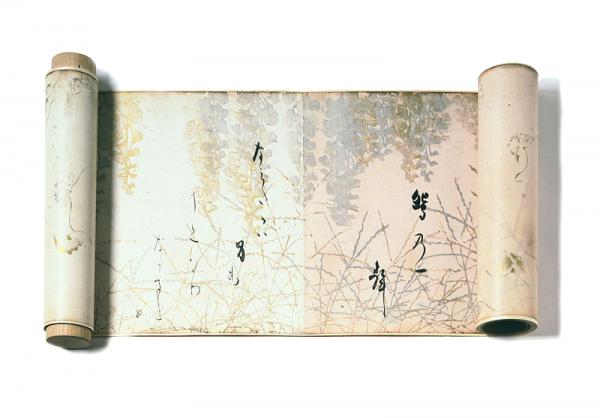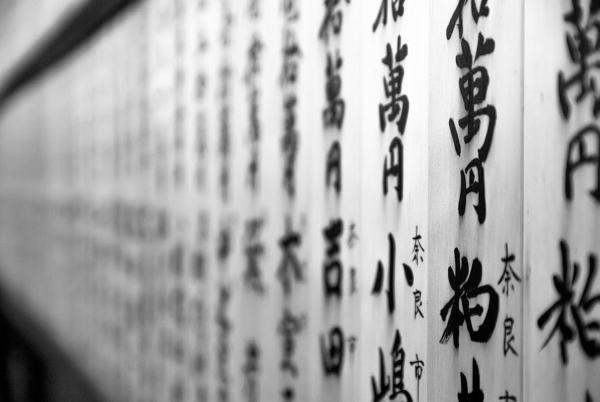Types of script
Written Japanese currently uses 3 types of script. There are the Chinese characters called kanji and 2 syllabaries called hiragana and katakana. The written language is the combination of all 3. Occasionally, there is also Latin alphabet (or rōmaji) in the text, e.g. for internationally known words, abbreviations or product names.


